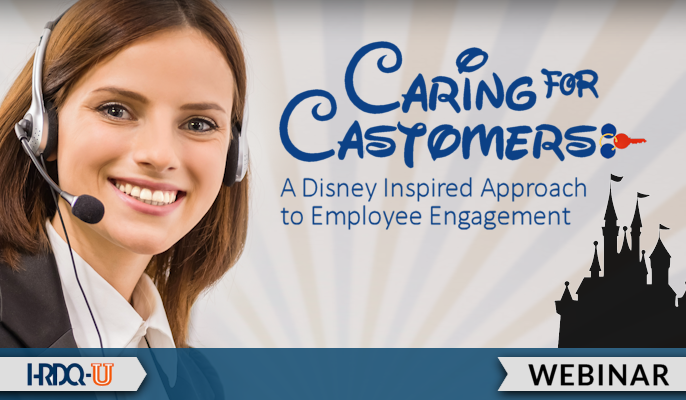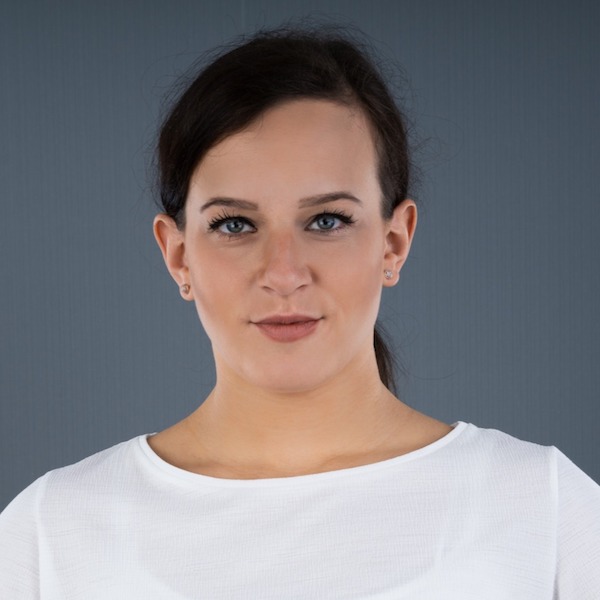
Walt Disney liked to proclaim, “It all started with a mouse.” Although it is true that Mickey Mouse was Disney’s breakthrough product, it did not start with that mouse – it started with the people who made the mouse. The Disney philosophy, likewise, doesn’t start with customers. It starts with “castomers.” They are the ones who make the customer experience.
The Disney formula is simple. A great castomer™ experience leads to a great customer experience. Happy customers become loyal and spend more money. Profits increase. Disney-inspired castomer™ care involves four elements that can be summarized in the acronym TEAM:
In this webinar based on his book Care Like a Mouse: The Key to Disney Quality Service, Lenn “The Mouse Man” Millbower will share Disney-inspired TEAM techniques for meeting your castomers’ needs. The webinar will cover the arc of the Disney castomer™ training experience, the processes Disney uses to involve castomers in on-the-spot decisions, recognition, rewards, and perks that honor customer effort, and the Disney caring-for-castomer expectations of its managers.
Everything Disney touched seems magical. It isn’t. It’s method. Learn the method, and you can make your own magic. The Mouse Man™ will inspire you to create your own castomer culture. Give it a shake and watch the magic take!
Lenn Millbower, the Mouse Man™ and author of Care Like a Mouse, teaches Walt Disney-inspired service, leadership, innovation, training, and success strategies. Lenn spent 25 years at Walt Disney World as an Epcot Operations trainer, Disney-MGM Studios stage manager, Animal Kingdom opening crew, and at Disney Institute, Disney University, and Walt Disney Entertainment management. Now, he shares methodologies that will help you make your own magic.
Training Tools for Developing Great People Skills
This event is sponsored by HRDQ. For 45 years HRDQ has provided research-based, off-the-shelf soft-skills training resources for classroom, virtual, and online training. From assessments and workshops to experiential hands-on games, HRDQ helps organizations improve performance, increase job satisfaction, and more.
Learn more at HRDQstore.com

“Very enjoyable presentation. The bottom-up approach shows what can happen when you include the entire team.”
Arnold D.
Director
Metropolitan Transit Authority

“Lenn Millbower is great! His webinar was engaging and informative. Five Stars!”
Michele S.
Training Specialist
Fiserv

“I definitely enjoyed this webinar. Engaging our employees is something that my company is very big on and this adds to my resources to better the engagement!”
Lissette V.
Manager
Embrace Families

Sign up for more as a member of HRDQ-U
HRDQ-U offers much of its learning content free to visitors, including live and select webinars, blog posts, and more, with new events and posts shared every week. However, there is much more learning available. You can access our complete library of on-demand webinars and other training events and content by simply signing up.